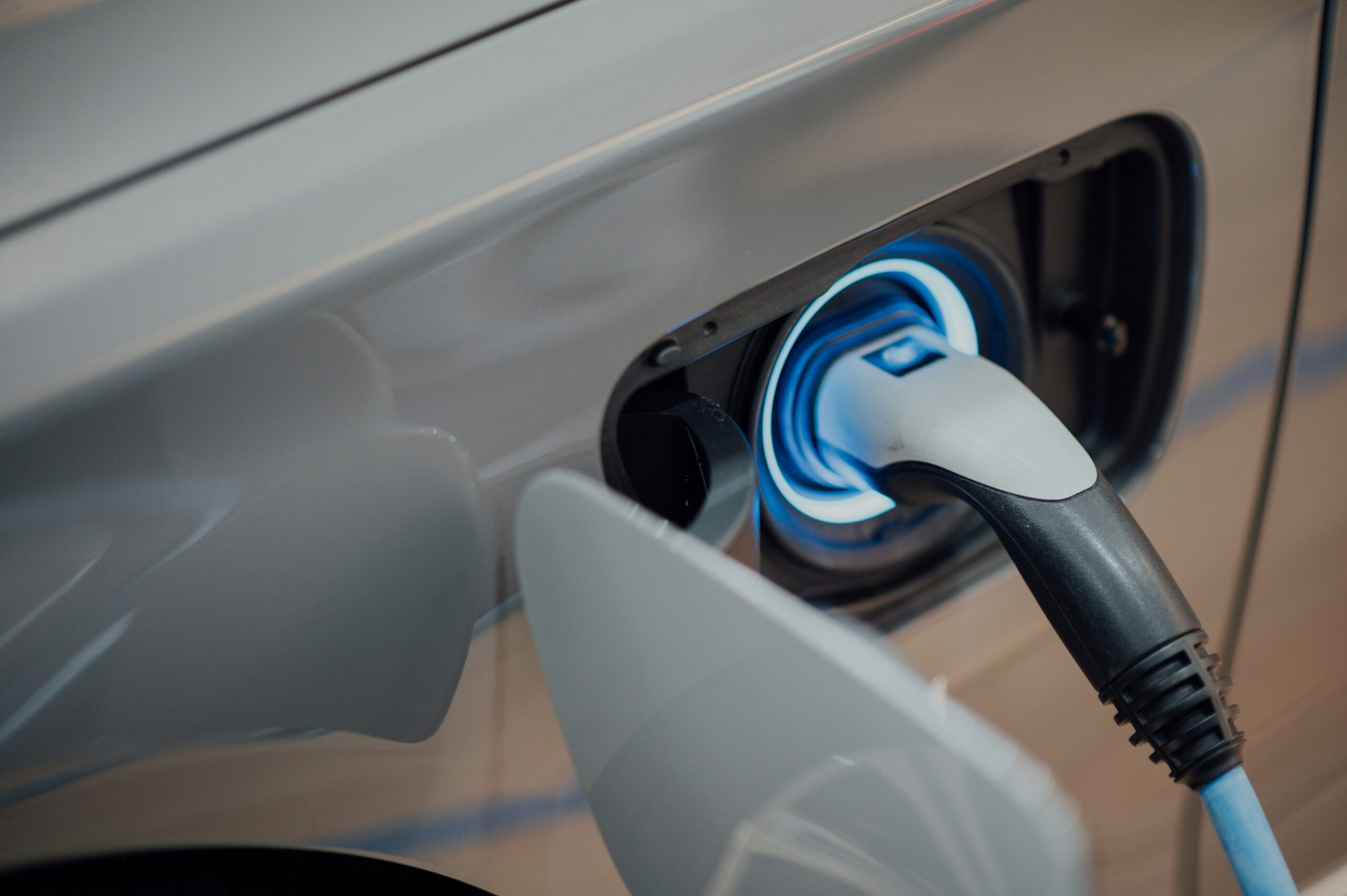Electric vehicles are transforming the automotive industry, offering a sustainable and eco-friendly alternative to traditional internal combustion engine vehicles. As we delve into the world of electric vehicles, one noticeable difference stands out – the absence of a gearbox. This raises the question: why don’t electric vehicles have a gearbox, and can they be manual? In this article, we will explore the reasons behind the lack of a gearbox in electric vehicles and shed light on the transmission and gear structure of these innovative cars.
Unlike their gasoline-powered counterparts, electric vehicles operate on a completely different principle. Instead of relying on a complex system of gears to transmit power from the engine to the wheels, electric vehicles utilize an electric motor that directly drives the wheels. This eliminates the need for a gearbox, as the torque and power delivery of electric motors are inherently different from internal combustion engines.
Electric motors deliver instant torque, meaning they provide maximum power from the moment you step on the accelerator. This eliminates the need for gear shifting to reach the desired speed or acceleration. In contrast, internal combustion engines have a narrower power band and require multiple gears to optimize performance across different driving conditions.
Moreover, the efficiency of electric motors remains high across a wide range of speeds, allowing electric vehicles to operate effectively without the need for gear changes. This not only simplifies the drivetrain but also contributes to a smoother and more seamless driving experience.
While electric vehicles do not have a traditional gearbox, some models offer different driving modes that simulate gear shifting. These modes, often referred to as “one-pedal driving” or “regenerative braking,” allow drivers to adjust the level of regenerative braking, which can mimic the sensation of downshifting in a manual transmission vehicle. However, it’s important to note that these modes do not involve physical gears but rather adjust the amount of energy recovered during deceleration.
Additionally, the absence of a gearbox in electric vehicles brings several advantages. Firstly, the elimination of a mechanical gearbox reduces the overall weight and complexity of the vehicle, contributing to improved efficiency and range. Secondly, the absence of gear shifting results in a quieter and more comfortable driving experience, as there are no abrupt gear changes or engine noise. Lastly, the simplified drivetrain reduces maintenance requirements, as there are fewer moving parts that can wear out or malfunction.
It’s worth mentioning that the absence of a gearbox does not limit the performance capabilities of electric vehicles. In fact, electric motors offer excellent torque control, allowing for quick acceleration and impressive power delivery. Furthermore, advancements in electric vehicle technology, such as dual-motor setups and advanced traction control systems, enable electric vehicles to achieve exceptional performance and handling without the need for a traditional gearbox.
In conclusion, electric vehicles do not have a gearbox due to the fundamental differences in their power delivery and the efficiency of electric motors. The absence of a gearbox simplifies the drivetrain, reduces weight, improves efficiency, and enhances the overall driving experience. While some electric vehicles offer driving modes that simulate gear shifting, these modes do not involve physical gears but rather adjust the regenerative braking level. As electric vehicle technology continues to evolve, we can expect further advancements that optimize performance and efficiency without the need for a traditional gearbox.

